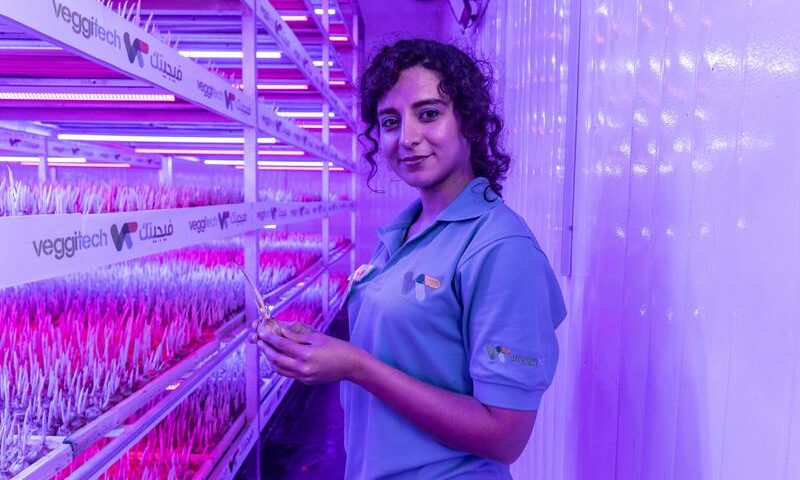Beach Canteen and Restaurant Week are making a comeback, with new concepts also planned.
Dubai foodies, get ready — the weeks-long Dubai Food Festival is set to return to the city in April with a smorgasbord of options.
The festival will run for 17 days, with many of the classic concepts making a comeback, alongside a bunch of delicious new activities.
Now in its 10th year, Dubai Food Festival has become a platform to celebrate home-grown food and drinks vendors, as well as to explore international cuisine and global industry trends.
The festival will mark the return of various beloved pop-ups, including the Etisalat Beach Canteen on Jumeirah beach. The market-style event will host food and fashion stalls, as well as live entertainment and family-friendly activities.
Another popular DFF event returning next year is Dubai Restaurant Week, which will showcase set menus at subsidised rates from 50 top restaurants. Participating outlets have not been revealed, but last year, venues such as Coya, The Maine Street Eatery and The London Project were in attendance.
Last year’s Restaurant Week also included a few spots that made it to the inaugural Mena’s 50 Best Restaurants list. With the glittering ceremony set to take place again in January, DFF-goers can hope a to see award-winning names from that list as well.
Foodie Experiences, which includes masterclasses — from how to make low-waste sourdough to tips on food fermentation — and chef’s tables is also making a comeback.
What’s new at Dubai Food Festival 2023?
The festival will feature the Dh10 Signature Dish initiative, where about 300 participating restaurants will roll out affordable samples of their best dishes.
Although no further details are immediately available, the coming DFF will also include Chefs in Town, which will include a programme of events and tasting sessions throughout the festival.
Dubai as a global gastronomy hub
Dubai Food Festival is only one of the many government-backed initiatives, led by the Department of Economy and Tourism, that showcase the city’s potential as a global gastronomy hub.
“During the last 12 months, we have seen the launch of the inaugural Michelin Guide to Dubai, the arrival of the Gault&Millau guide, the launch of MENA’s 50 Best Restaurants and a host of other accolades for the city’s home-grown eateries, fine-dining institutions and neighbourhood favourites,” Ahmed Al Khaja, chief executive of the Dubai Festivals and Retail Establishment, said.
Dubai is home to numerous restaurants and cafes, from local eateries to gourmet and fine dining venues, with new spots seemingly popping up every week. As such, a food festival offers a curated way to explore the city’s diverse culinary options.
Mother of the Nation has been extended. Scroll through the gallery for things to do at the Abu Dhabi festival


